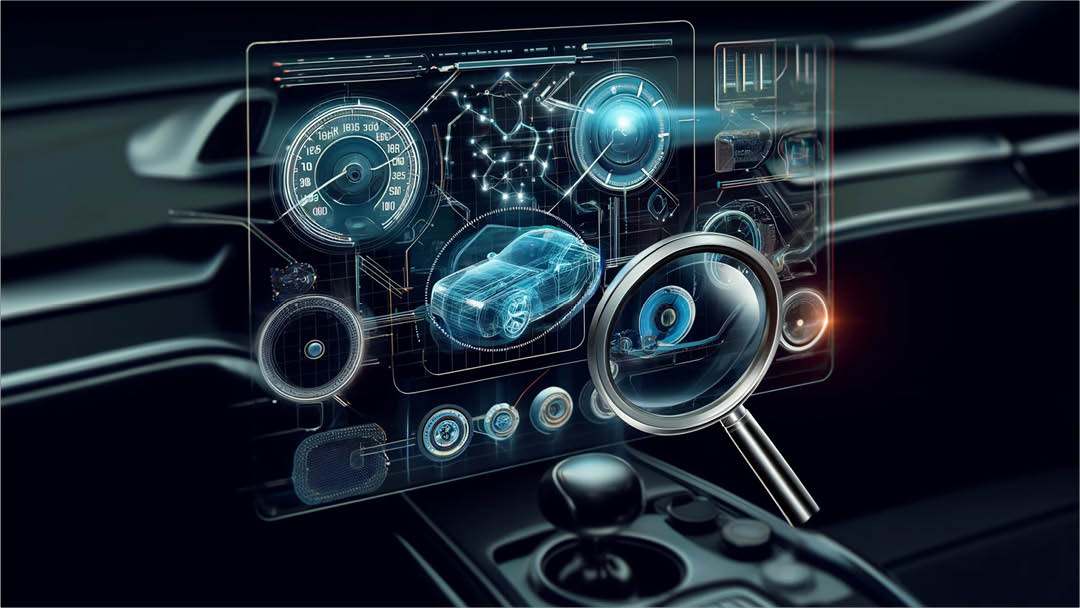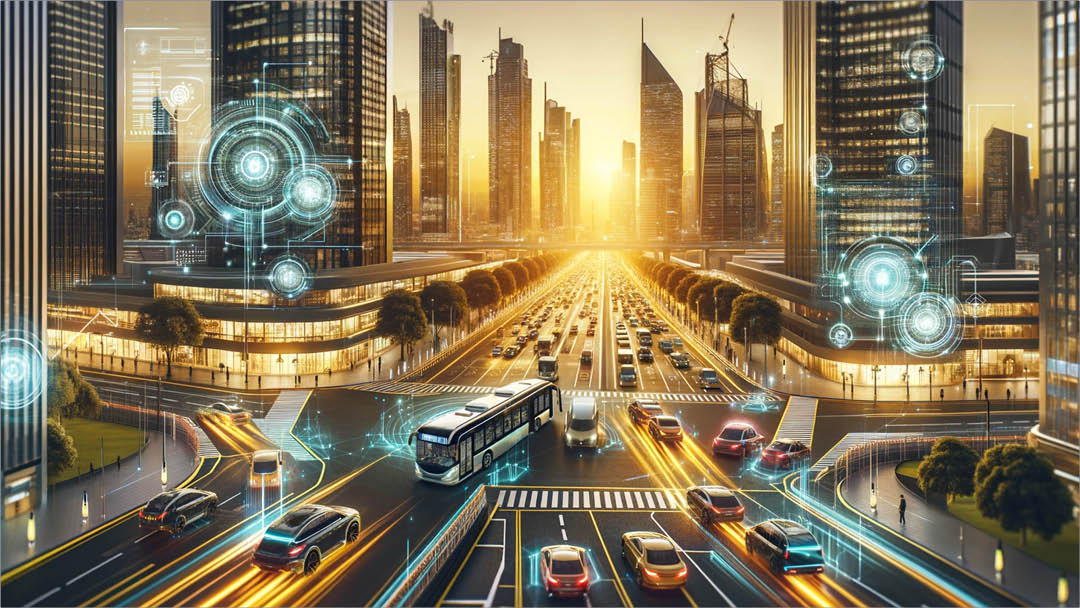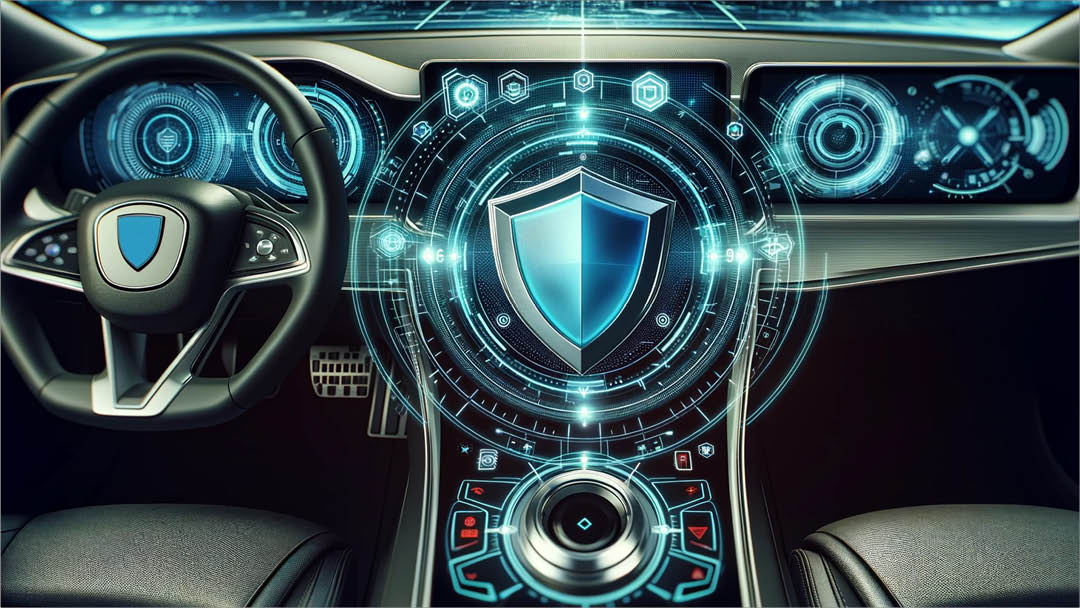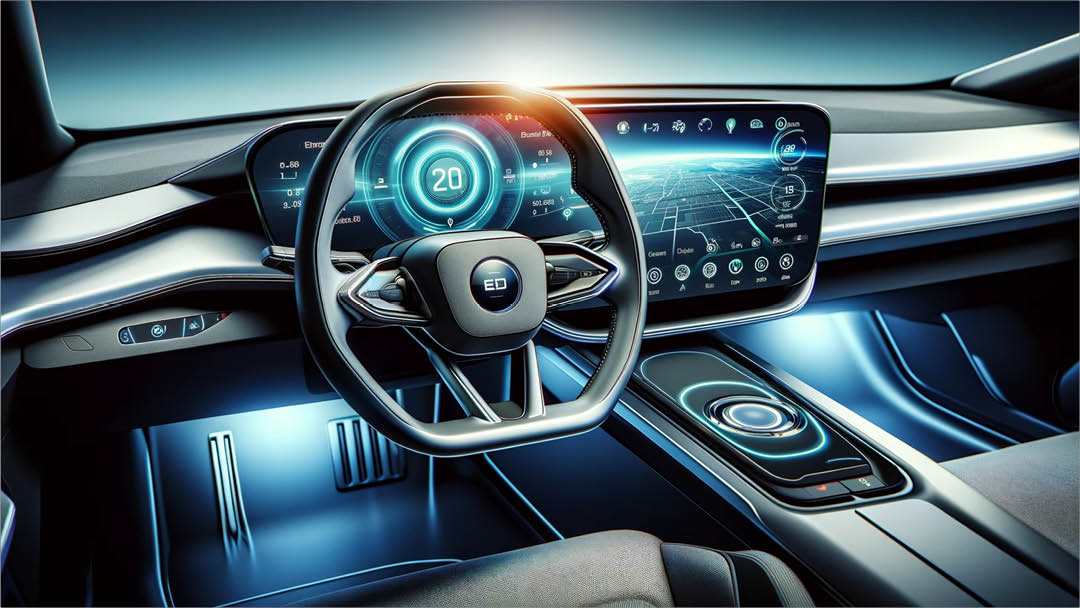In Brief
- Telematics has transcended basic GPS tracking, ushering in an era of sophisticated vehicle connectivity.
- Vehicle-to-Everything (V2X) communication stands as a pivotal advancement in transportation, facilitating direct interactions between vehicles and their environment to greatly enhance safety and efficiency.
- Acsia Technologies is a leading player in developing cutting-edge V2X solutions, leveraging extensive expertise in automotive software and embedded systems.
The automotive landscape is undergoing a profound transformation, driven by a convergence of connectivity, data-driven insights, and intelligent systems. At the heart of this revolution lies telematics, the technology that enables vehicles to communicate with the world around them. While GPS-based tracking laid the foundation for telematics, the industry has since evolved dramatically, culminating in the advent of Vehicle-to-Everything (V2X) communication.
The Evolution of Telematics: From Location Tracking to Comprehensive Connectivity
In its nascent stages, telematics primarily served as a means to track vehicle location and monitor fundamental parameters such as speed and fuel consumption. This data proved invaluable for fleet management and logistical operations, but the true potential of telematics remained untapped. With the maturation of cellular networks and cloud computing, telematics expanded to encompass a broad spectrum of services, including:
- Remote Diagnostics & Prognostics: Telematics now empowers mechanics to remotely diagnose vehicle health, leveraging real-time data to identify potential issues before they escalate into costly breakdowns. Advanced algorithms even enable predictive maintenance, anticipating failures and optimizing maintenance schedules.
- Over-the-Air (OTA) Updates: The days of mandatory trips to the dealership for software updates are fading. Telematics enables seamless, over-the-air updates for firmware, software patches, and even new features, enhancing vehicle functionality and security.
- Usage-Based Insurance (UBI): Telematics data can revolutionize insurance models by tailoring premiums based on individual driving habits. By incentivizing safe driving behaviour, UBI can contribute to safer roads and reduced insurance costs for responsible drivers.
The Rise of V2X Communication: A Paradigm Shift in Automotive Safety and Efficiency
V2X technology represents a paradigm shift in automotive communication. By enabling communication between vehicles (V2V), infrastructure (V2I), and vulnerable road users like pedestrians and cyclists (V2P), V2X technology unlocks numerous opportunities for improving safety, efficiency, and the overall driving experience.
- V2V Communication: Imagine a scenario where vehicles exchange real-time information about their speed, position, and trajectory. This data can empower collision avoidance systems, cooperative adaptive cruise control, and other advanced driver assistance systems (ADAS), significantly reducing the risk of accidents.
- V2I Communication: Through Vehicle-to-Infrastructure (V2I) technology, vehicles can receive crucial information from roadside systems, including real-time traffic signal timing, road hazards, and optimal route suggestions. This enhances traffic flow, reduces congestion, and improves driver awareness, leading to safer and more efficient journeys.
- V2P Communication: In the quest for safer roads, Vehicle-to-Pedestrian (V2P) communication allows vehicles to alert pedestrians and cyclists of their presence, especially in low-visibility situations. This technology significantly enhances safety for vulnerable road users by providing timely warnings and preventing potential accidents.
Acsia Technologies: Pioneering the V2X Revolution
Acsia Technologies is at the forefront of developing V2X solutions that leverage the latest advancements in wireless communication, sensor fusion, and artificial intelligence. Our team of seasoned engineers possesses a deep understanding of the automotive ecosystem, enabling us to craft solutions that seamlessly integrate with existing vehicle systems.
Our V2X Portfolio:
- Onboard Units (OBUs): Compact, high-performance devices that equip vehicles with V2X communication capabilities.
- Roadside Units (RSUs): Infrastructure-based devices that broadcast critical safety and traffic information to vehicles.
- V2X Software Stack: A comprehensive software solution that enables a wide range of V2X applications and services.
- Data Analytics Platform: A robust platform that leverages V2X data to generate actionable insights for traffic management, road safety initiatives, and autonomous vehicle development.
The Road Ahead
The future of mobility is intrinsically linked to V2X technology. As V2X continues to mature, we anticipate groundbreaking applications, such as autonomous vehicle platooning, intelligent traffic systems, and enhanced emergency response capabilities. Acsia Technologies is committed to leading the charge in this exciting domain, developing solutions that shape the future of transportation.
Partner with Acsia Technologies to drive the future of connected vehicles.










